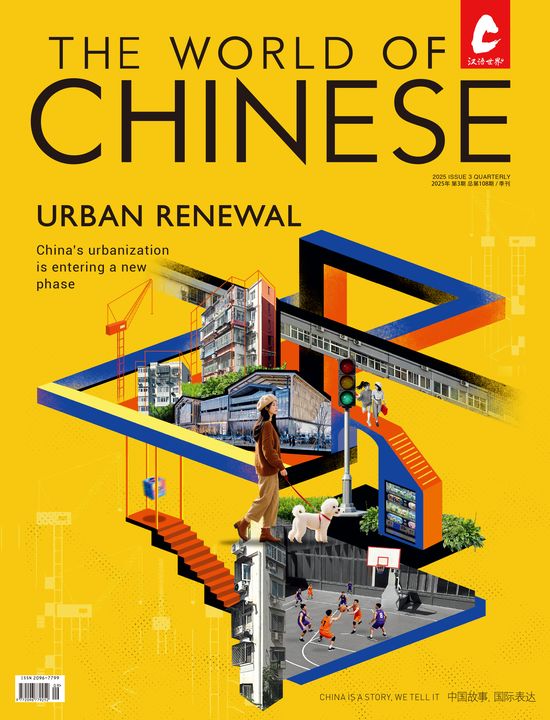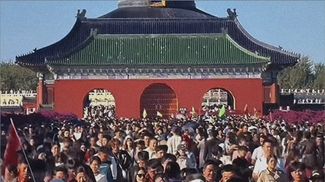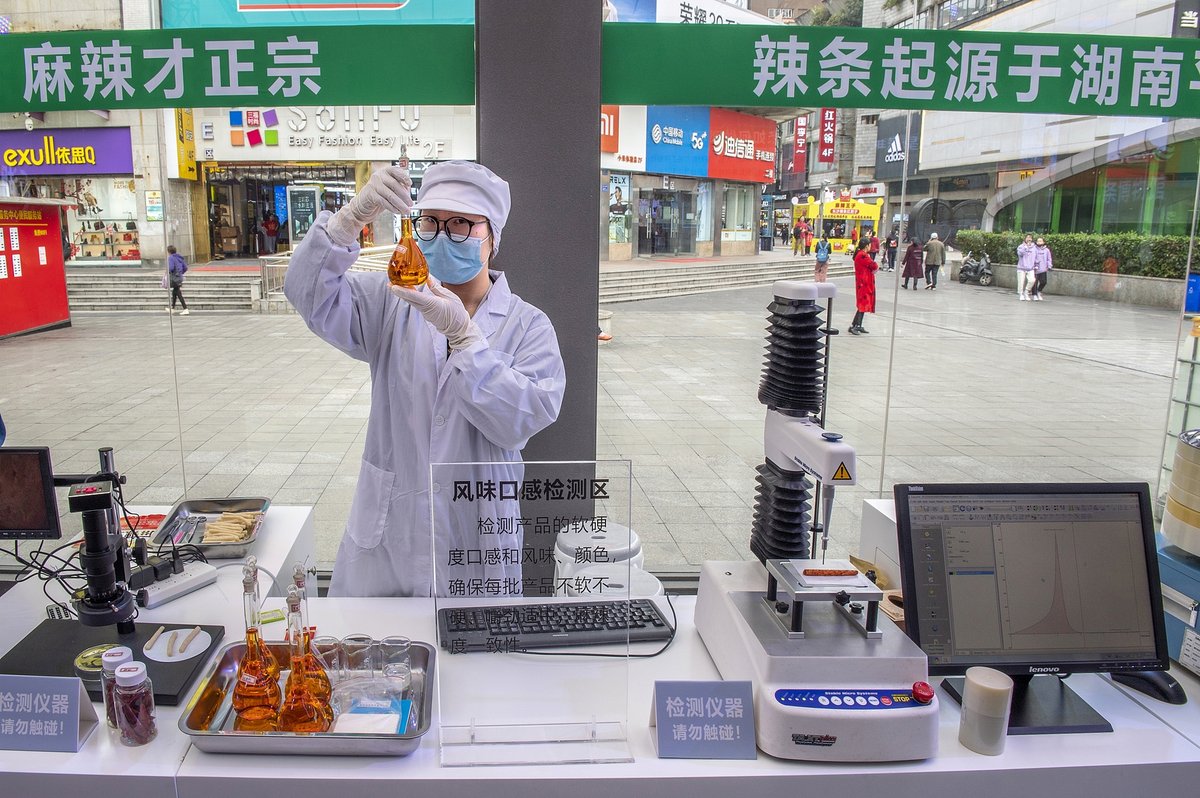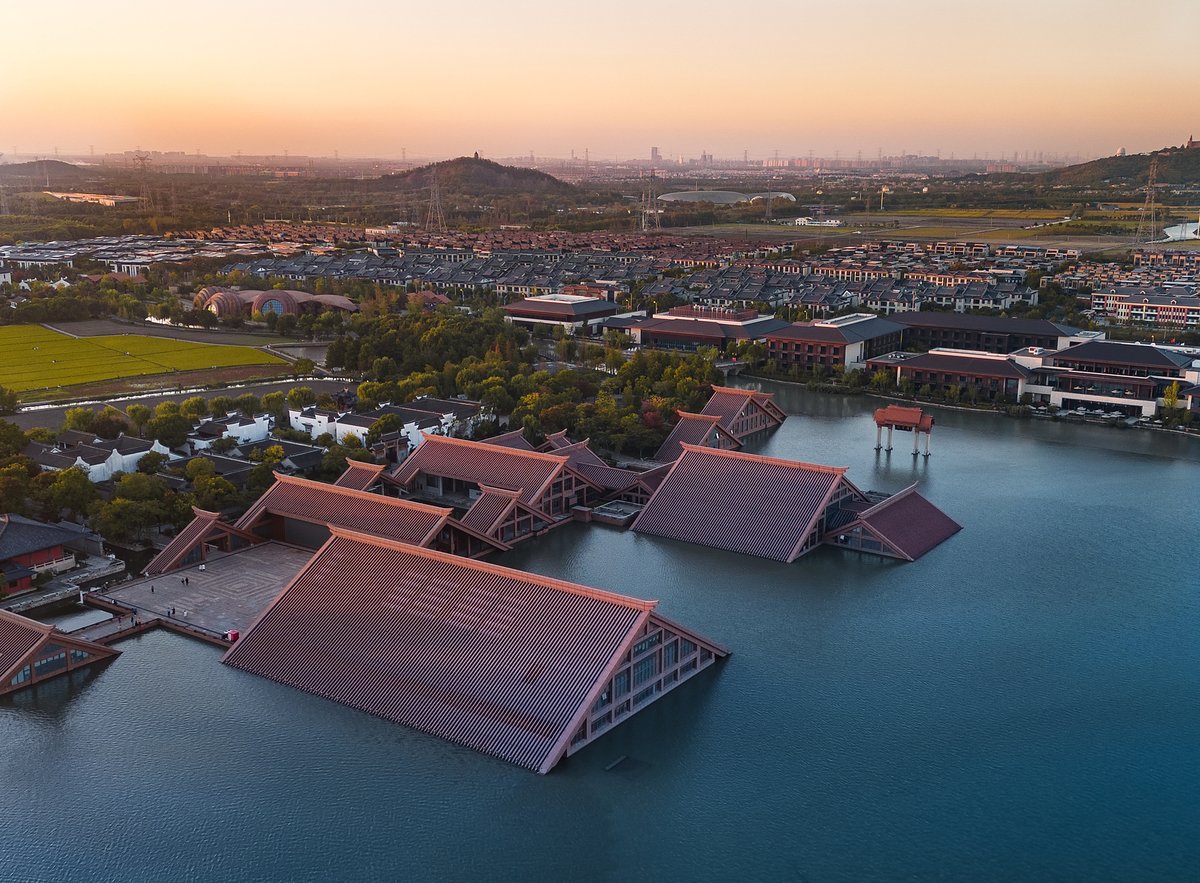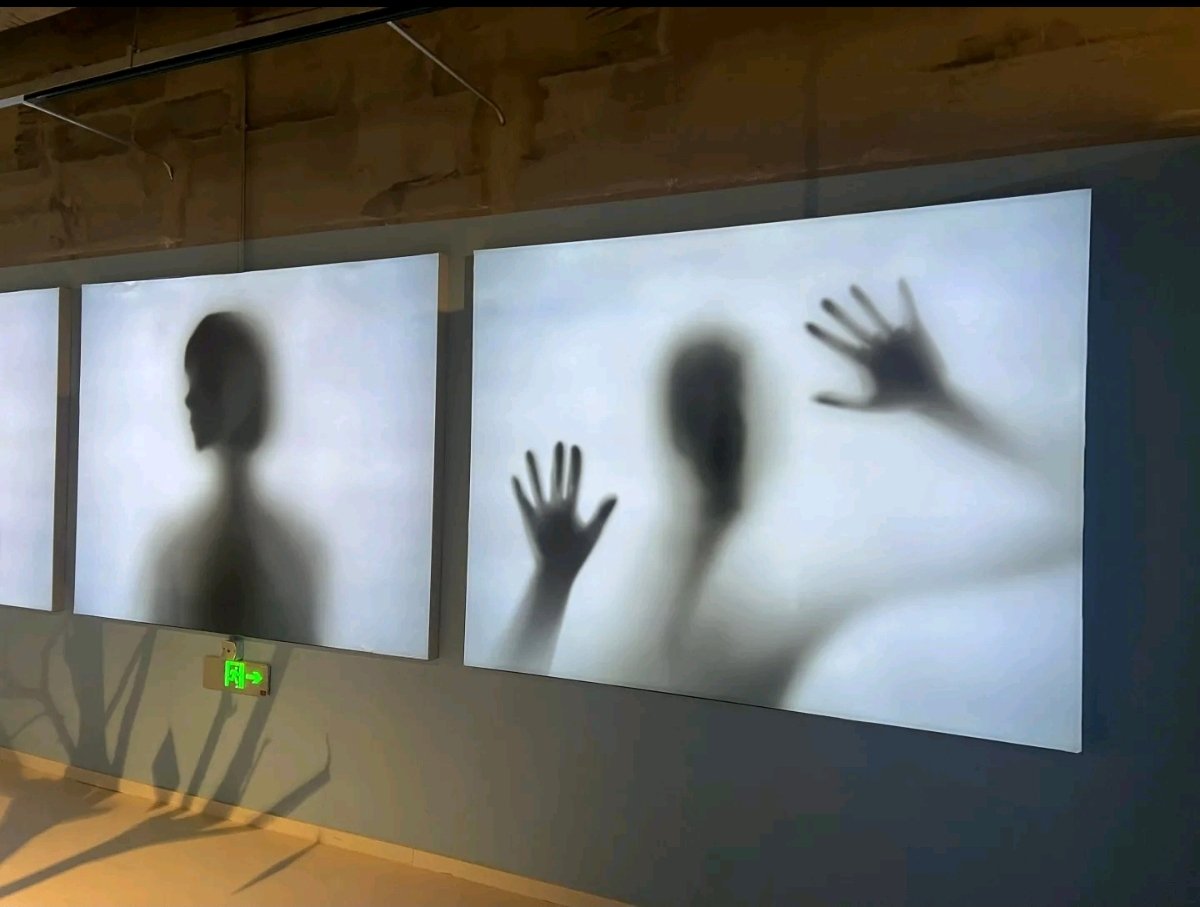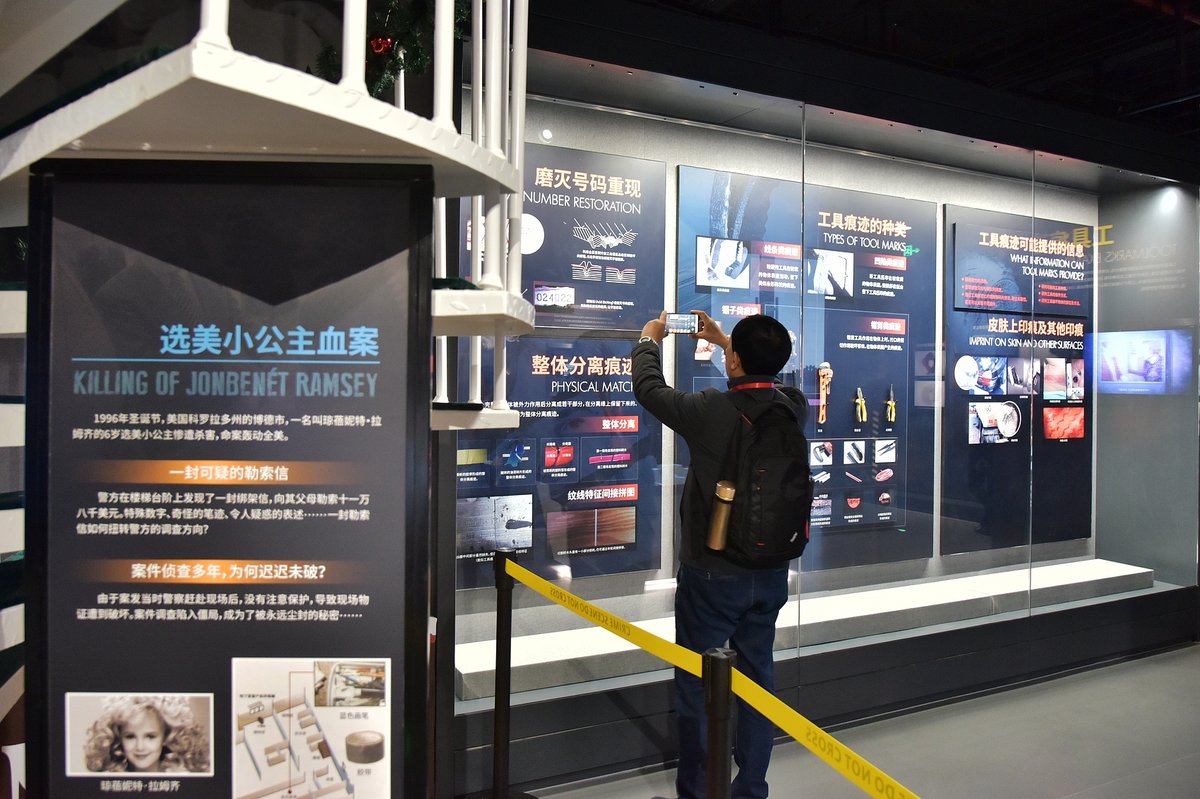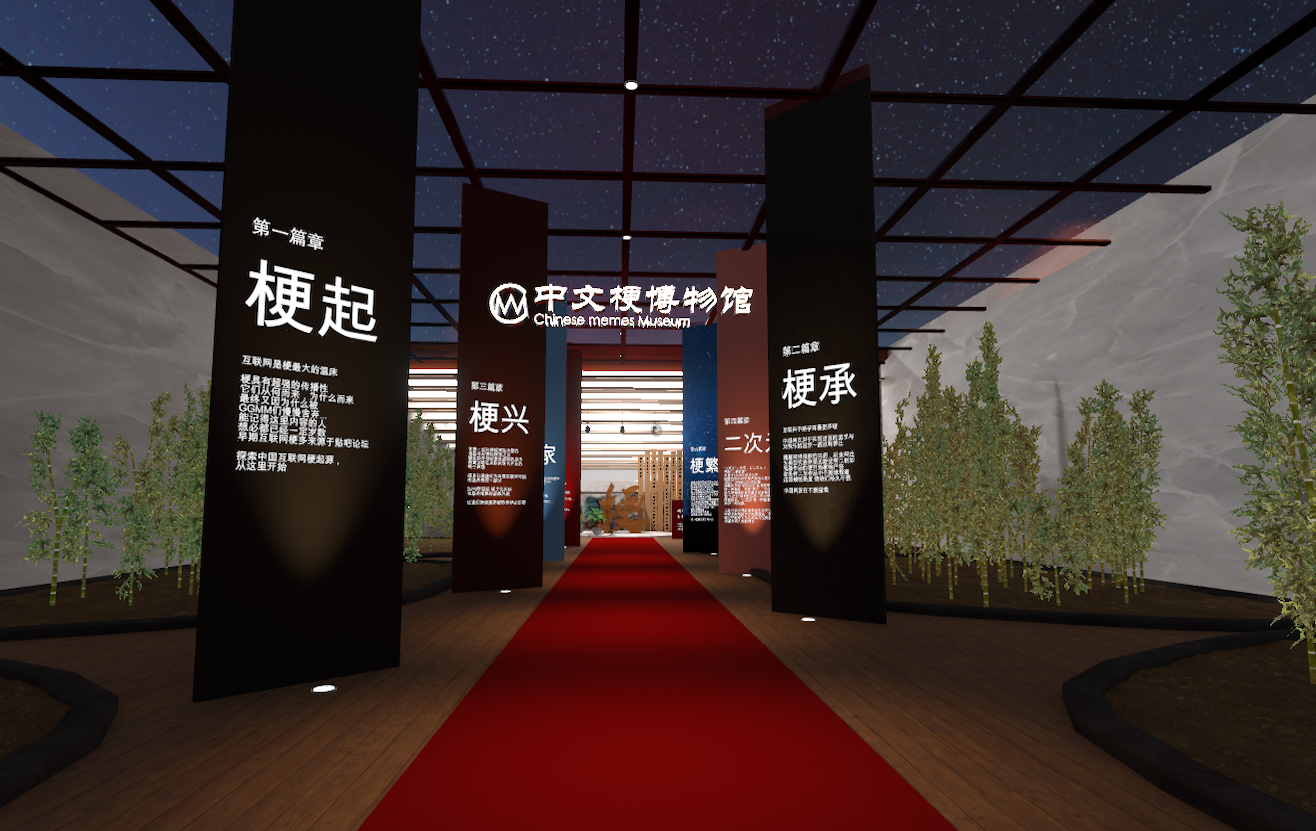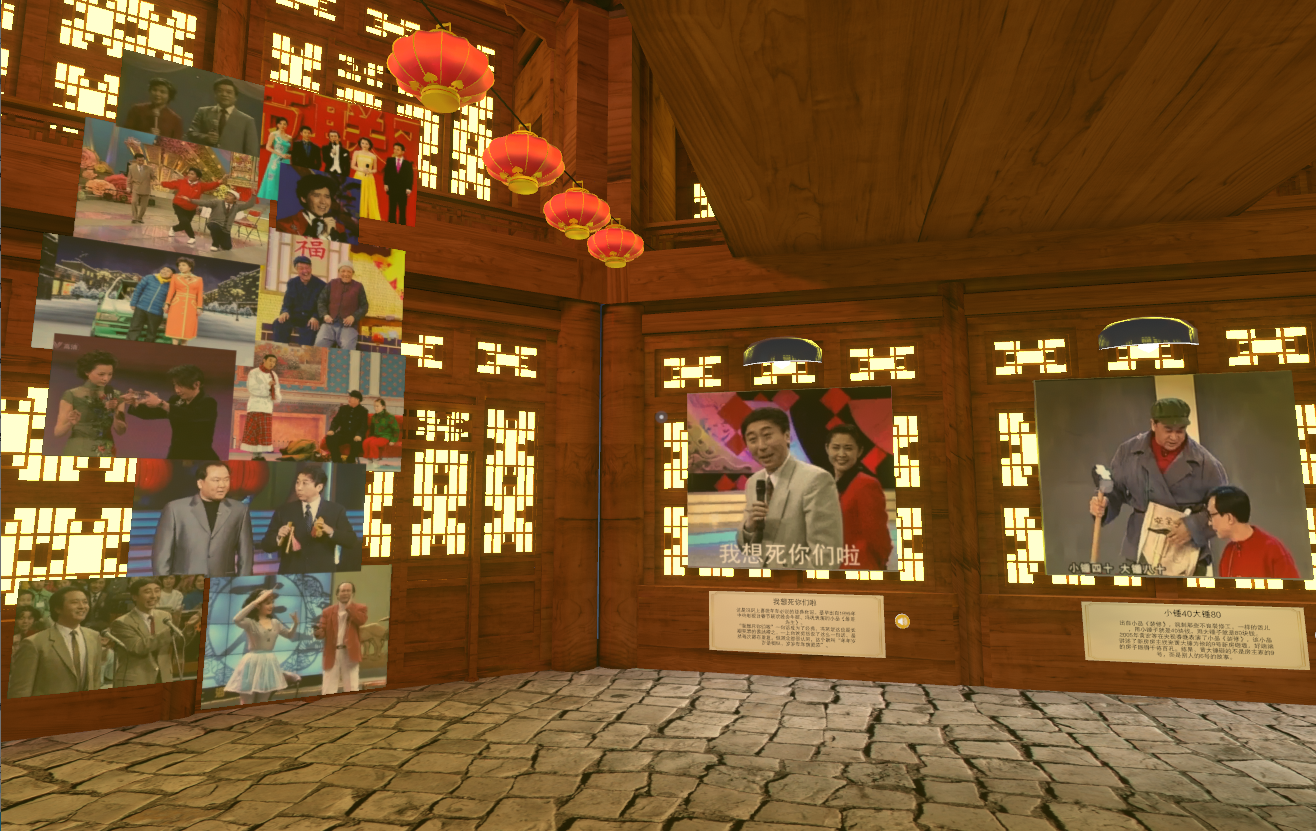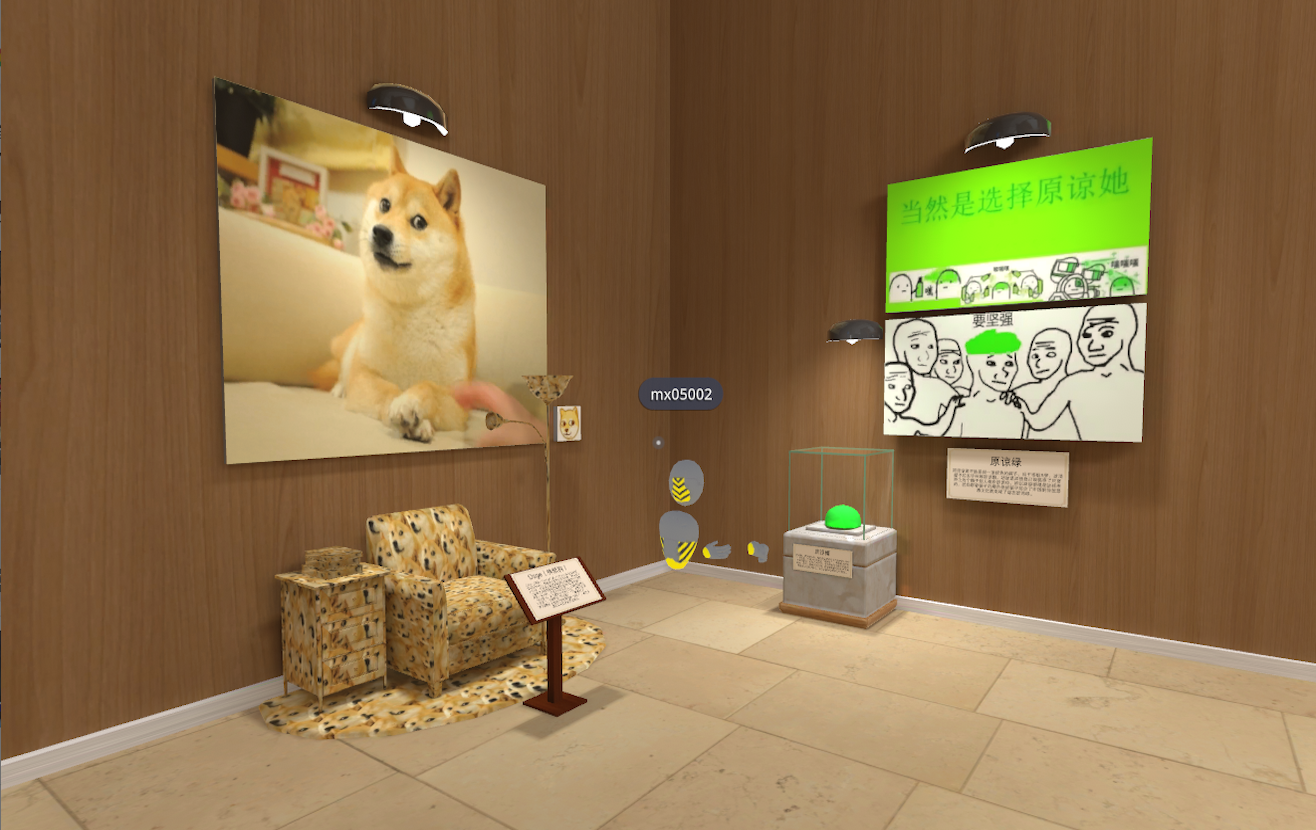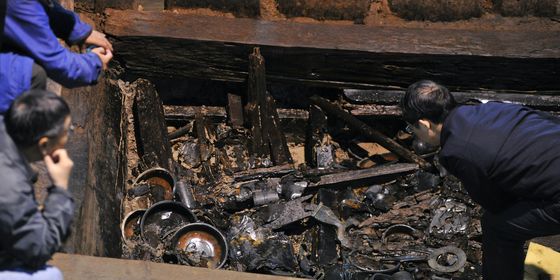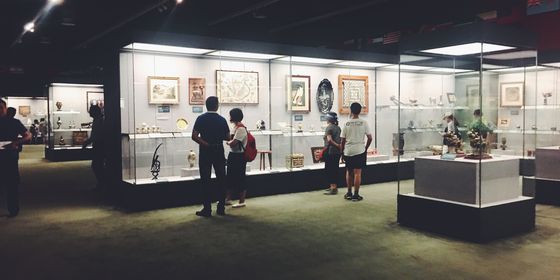From paper airplanes to the inner worlds of mental patients, explore these fascinating Chinese museums
China’s museums just had their busiest Labor Day holiday ever, attracting over 60 million visitors in just five days. Major institutions like Beijing’s Palace Museum and National Museum, along with the Shaanxi History Museum in Xi’an, were fully booked a week in advance. Some even kept their doors open late to handle the crowds. While affordable or free admission certainly helped, this surge is part of a larger “museum boom” in China: Of the country’s more than 6,000 museums, roughly 80 percent were opened after 2000.
However, not all of these museums are serious historical institutions. Many explore less conventional but equally fascinating subjects, from mental health and contemporary culture to spaces designed purely for fun. Here are six unusual museums in China that are well worth a visit.
Paper Airplane Museum
Taking flight last July in Wuhan, Hubei province, the Paper Airplane Museum, founded by local media outlet Changjiang Daily, shows off about 200 classic paper planes, from long-distance flyers to high-spinners and stunt gliders. The 200-square-meter space isn’t just for looking, though. It hosts free workshops and training sessions, where aviation experts drop in during school breaks to teach kids how to fold, tweak, and launch their creations like pros.
Beyond aviation fun, the museum turns its hit paper airplane games into a clever way to spark curiosity in other subjects. Since 2022, every April has seen the launch of the “Emergency Paper Airplane” competition—backed by the local government and run by Changjiang Daily. But there’s a twist: to enter, students first have to ace a quiz on emergency safety. In 2023 alone, the event took off in over 2,600 schools and kindergartens, with more than half a million families joining the flight. The best paper planes earn a proud spot on display at the museum.
Latiao Museum
A cherished childhood snack for anyone who grew up in China during the 2000s, latiao (辣条, literally “spicy strips”) shows no signs of fading in popularity. In recent years, museums dedicated to this affordable “people’s snack” have sprung up across China, with the most notable one in Changsha, Hunan province.
Hosted by the Pingjiang Food Association and Mala Wangzi, a major local latiao brand, the museum, where staff don white lab coats like snack scientists, features over 20 latiao brands. The exhibition covers the entire production process of this beloved snack and aims to bust persistent rumors that latiao is unsanitary, unhealthy, or—even more outrageous—made of plastic.
Underwater Museum
With rooftops poking out of the water like a sunken palace, the Guangfulin Culture Exhibition Hall in Shanghai’s Songjiang district looks like something out of a fantasy movie. But it’s not just for show—it’s built on the site of the prehistoric Guangfulin culture, offering proof that Shanghai’s story goes far beyond shiny skyscrapers and modern malls. Think the city is only a few hundred years old? A visit here might just change your mind.
Around 4,000 years ago, a group of migrants from the Yellow River region settled in the Yangtze River Delta, giving rise to a fusion culture that blended northern and southern traditions. Inside the 9,000-square-meter underwater exhibition hall, visitors can trace the evolution of Shanghai—from a prehistoric village in Guangfulin to the global metropolis it is today. The exhibition hall is part of a broader cultural site that includes an archaeology museum, themed galleries, traditional architecture, restaurants, cafés, and hotels, offering both historical insight and modern comfort.
Black Museum
(Content Warning: The following passage contains mentions of suicide, as well as descriptions of blood and hallucinations)
With locations in both Shanghai and Changsha, the Black Museum is not for the faint of heart. This hauntingly immersive space invites visitors to step into the inner worlds of those living with mental illness. Instead of an entry ticket, each guest will be given a hospital-style bracelet, blurring the line between observer and patient from the very beginning.
From a phone that never stops ringing to a basin endlessly spilling blood-red water and beds lined with protruding needles, these installations offer a visceral glimpse into symptoms like auditory and visual hallucinations, allowing visitors to briefly experience the disorienting realities faced by those living with mental illness. The curators have also collected deeply personal items such as suicide notes, diaries, and prescriptions from real patients.
However, the museum aims not to overwhelm or shock, but to destigmatize mental illness and offer a heartfelt reminder to cherish life and practice self-love, despite modern pressures and challenges.
Museum of Forensic Sciences
In Rugao county, Jiangsu province, the hometown of Chinese American forensic scientist Henry Chang-Yu Lee, stands a museum dedicated to his life’s work. It features everything from a recreated crime scene from the O.J. Simpson case to his forensic review of the John F. Kennedy assassination and even his personal collection of rare stones.
Opened in 2009, with a new building added in 2023, the museum offers a fascinating and informative tour of modern forensic science, using Lee’s many high-profile cases as case studies. The interactive exhibitions are enhanced by innovative design and audiovisual technologies. For example, the medical evidence section is arranged like an autopsy room, with an interactive screen embedded in the dissection table projecting a 3D demonstration.
Chinese Meme Museum
Unlike traditional museums, the Chinese Meme Museum is open 24 hours, and allows visitors to get as close to the exhibits as possible. Accessible via VRChat on PCs since 2022, this 3D virtual museum invites visitors to explore the vibrant world of Chinese online memes and the shared memories of Chinese netizens.
The museum was founded by Siji, an art supervisor and popular Bilibili content creator born in the 1990s. He developed the idea while confined to his Shanghai apartment during the pandemic. It took him and his team two months to launch the museum, and the exhibitions continue to be updated to this day.
Interactive elements bring these iconic memes to life with vivid images, text descriptions, background music, and immersive 3D demonstrations. For anyone feeling nostalgic or curious to explore the previously unfamiliar world of Chinese memes, this virtual museum is the perfect place to visit.
Often praised as one of China’s best Metaverse experiences for its interactivity, the museum aims to provide easy access to the virtual world while inspiring new conversations about the future of online content.
“In today’s era of extreme information overload, only content widely loved and shared is remembered. Like stars in the sky, these memes are always visible—and somehow, every netizen seems to have seen them all,” writes the founder in the opening dedication.
Despite some criticisms of the map design, the museum has been well-received, with over 366,000 visits at the time of writing, and over 35,000 users adding it to their favorites.
